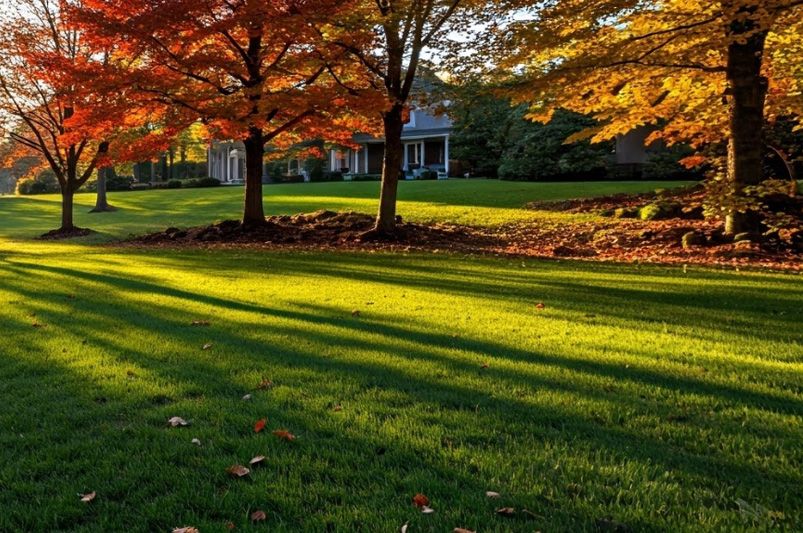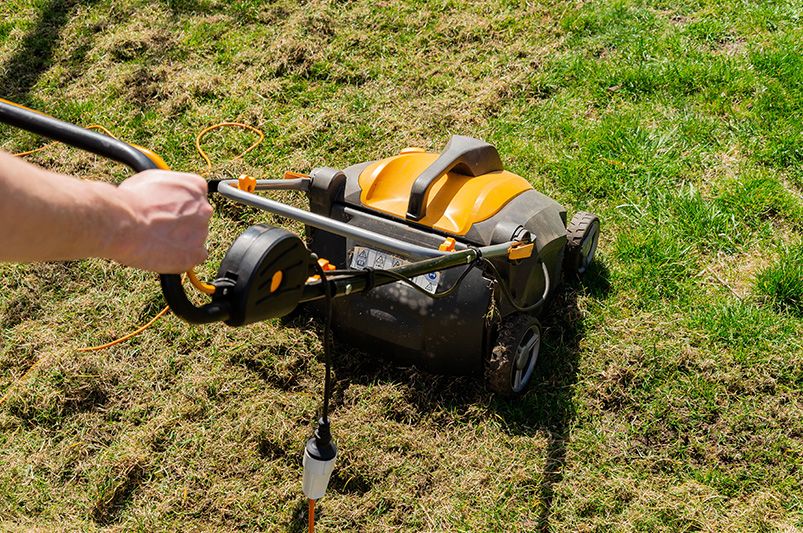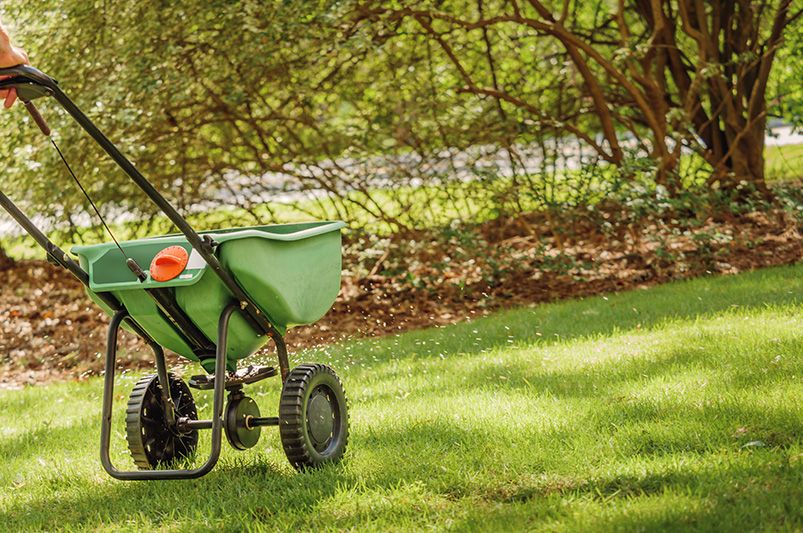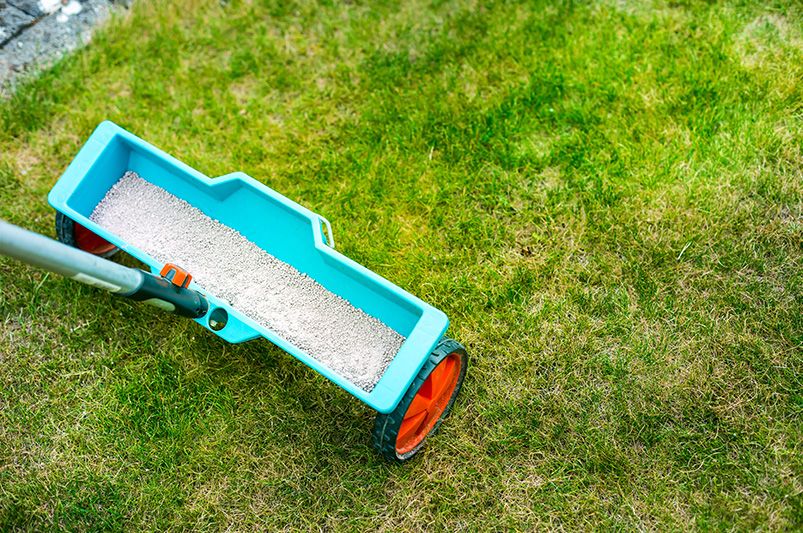
Protecting Your Lawn Before Winter | Aeration, Overseeding & Fertilization
Published: 19/09/2025 | Updated: 18/12/2025
When cooler temperatures arrive, your lawn begins preparing for dormancy. But just because grass slows its growth doesn’t mean your yard should be neglected. In fact, the steps you take in fall directly impact how lush, green, and healthy your lawn will look in spring.


In this guide, we’ll walk through three essential pre-winter lawn care tasks — aeration, overseeding, and fertilization — and explain why they’re the backbone of turf health during colder months.
Why Pre-Winter Lawn Care Matters
Winter stresses grass with freezing temperatures, snow cover, and reduced sunlight. Without preparation, turf can emerge patchy, weak, or overrun by weeds in spring. Pre-winter care helps your lawn:
-
Build stronger root systems.
-
Retain nutrients and moisture.
-
Resist disease and pests during dormancy.
-
Green up faster when warmer weather returns.
Think of it as giving your lawn a “wellness checkup” before it goes into hibernation.

Step 1: Aeration — Loosening Compacted Soil
Over summer, foot traffic, mowing, and even rainfall compact your soil. This makes it difficult for grass roots to absorb water and nutrients. Aeration solves this problem by pulling out small plugs of soil and allowing air, water, and fertilizer to penetrate more deeply.
How to Aerate:
-
Rent or hire a core aerator (avoid spike shoes — they compress soil further).
-
Aerate when the soil is moist but not soggy.
-
Cover the entire yard, focusing on high-traffic areas.
Pro Tip: Early fall is the best time to aerate cool-season grasses, as they’re actively growing and will quickly recover.

Step 2: Overseeding — Filling in Bare Spots
Once aeration is complete, overseeding is your chance to thicken your lawn and improve resilience. Overseeding introduces new grass seed into existing turf, filling bare patches and creating a denser lawn.
Why Overseed in Fall?
-
Cooler soil temperatures support seed germination.
-
Reduced competition from weeds.
-
Seeds establish before winter and surge in spring.
Best Practices:
-
Choose a seed blend suited for your climate.
-
Use a broadcast spreader for even coverage.
-
Water lightly and frequently until seedlings are established.

Step 3: Fertilization — Feeding Roots for Winter Survival
While grass growth above ground slows in fall, roots remain active well into winter. A late-season fertilizer provides essential nutrients that strengthen root systems and boost carbohydrate storage for spring growth.
What to Use:
-
Apply a slow-release fertilizer high in potassium (for root strength and cold tolerance).
-
Avoid heavy nitrogen fertilizers, which push blade growth at the wrong time.
Timing:
-
Apply fertilizer 2–3 weeks before the ground freezes.
-
Water in the fertilizer lightly to activate nutrients without runoff.
Putting It All Together: The Pre-Winter Lawn Care Schedule
-
Aerate → Loosen soil and prepare for nutrients.
-
Overseed → Fill in bare patches and encourage thick turf.
-
Fertilize → Provide nutrients for winter survival and spring green-up.
Done together in early-to-mid fall, these steps maximize lawn health through dormancy and set the stage for a vibrant spring yard.

Want a lawn that’s the envy of the neighborhood?
ShrubHub’s online landscape design experts can help you plan, plant, and prepare your yard for year-round beauty.
Start Your Custom Lawn Plan with ShrubHub Today!
Want a simple way to stay on track with your lawn prep?
Download ShrubHub’s Pre-Winter Lawn Care Checklist for step-by-step guidance you can print and use this season.
FAQs
Q1: Why is aeration important before winter?
A1: Aeration reduces soil compaction, improves root access to water and nutrients, and prepares turf for overseeding and fertilization.
Q2: Can I overseed without aerating first?
A2: You can, but aerating first ensures better seed-to-soil contact, leading to stronger germination and growth.
Q3: What type of fertilizer should I use before winter?
A3: A fertilizer high in potassium and phosphorus helps roots grow strong and survive winter. Avoid heavy nitrogen.
Q4: When should I stop watering after overseeding?
A4: Continue light, frequent watering until seedlings are established, then taper off as temperatures drop.
Q5: Do warm-season grasses need fall overseeding?
A5: Warm-season lawns don’t typically require fall overseeding, but in transitional zones, overseeding with cool-season grasses can maintain year-round color.


